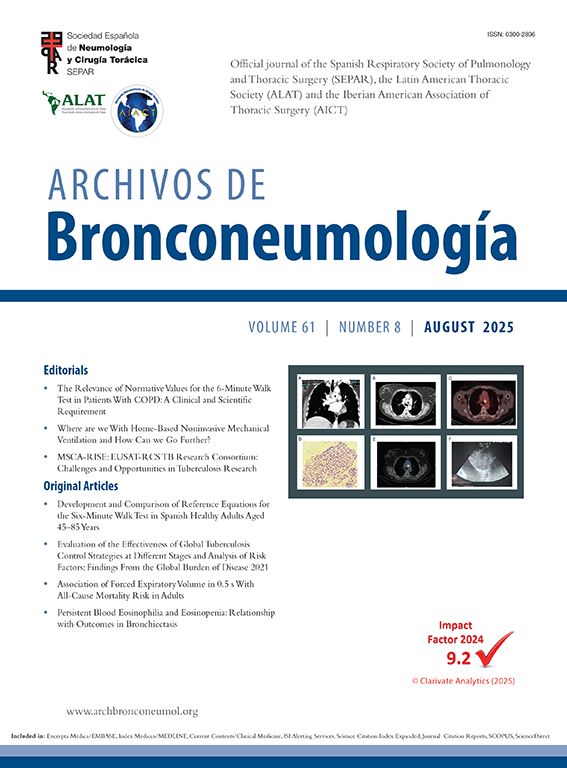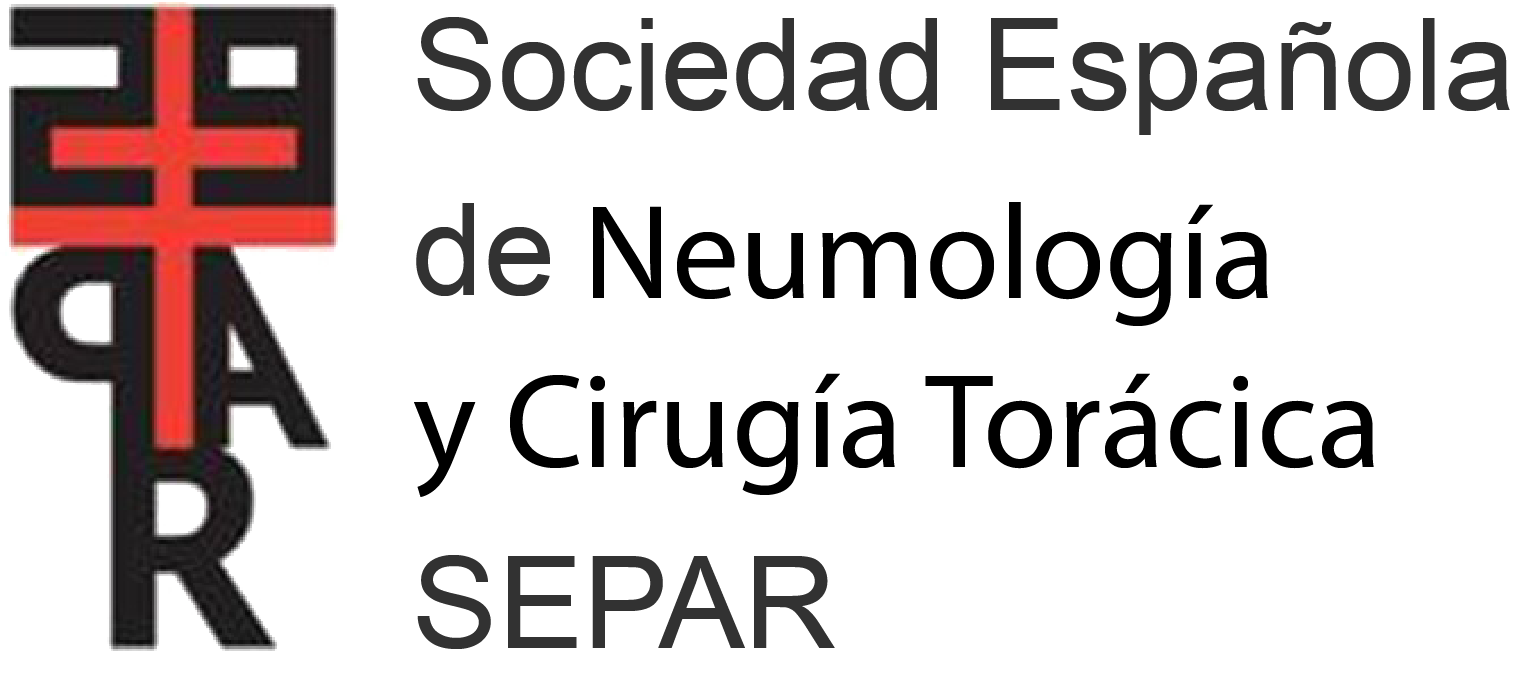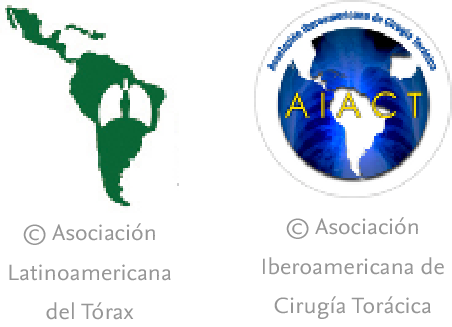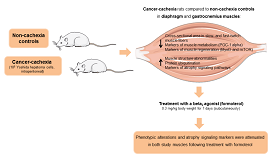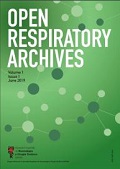Globally in 2023, an estimated 10.8 million people had TB and 1.25 million died from this curable disease. Following the end of the acute phase of COVID-19, TB once again has the dubious distinction of being the leading cause of death among all infectious diseases.1 The World Health Organization's (WHO) “End TB Strategy” aims at reducing the incidence rate of TB by 50% by 2025 and to achieve elimination of TB by 2050.2 Here, we assess the chances of TB elimination with selected country examples, considering two major recent public health shocks such as the disruptive COVID-19 pandemic and the drastic cuts in US and others’ funding for international cooperation.
Despite recent progress in the diagnosis and treatment of TB and TB infection, significant challenges remain to achieving TB elimination goals, defined as fewer than one case per million population annually.3 According to WHO, there are eight priority action areas to achieve pre-elimination (defined as less than 10 cases per million population annually).4 In a recent proposed 5-stage framework,5 all countries can organize themselves, according to their epidemiological situation and available infrastructure, to move towards TB elimination.
A successful example from Western Europe is Croatia which, in the past decade, reached stage 4 (nearing TB elimination), reducing TB incidence below 10 cases per 100,000 population per year. This is a result of improvements in the quality of diagnosis and treatment, increase in contact tracing, tackling outbreaks and treatment of TB infection in high-risk groups.6 To pursue TB pre-elimination stage (stage 3), the programme needs now to expand management of TB infection across all at-risk groups, including migrants, and elimination of in-country TB transmission, to reduce their incidence by 30%.5 Other European countries are at the same stage as Spain, which notified 5.9 cases per 100,000 population in 20231 with a decreasing trend since 20127 and a 40% reduction between 2015 and 2023.1
Other successful examples outside Europe include Lebanon, which reached an incidence of 9.7/100,000 and a mortality rate of 0.79/100,000 population,8 and Jordan, despite the challenge of an increased number of TB cases among migrant workers.9 In 2022, these two countries are among those proposed within the WHO Eastern Mediterranean Region strategy for TB elimination targeting 11 countries with low TB incidence, including United Arab Emirates and Kuwait, although challenges such as insufficient financing and commitment, and lack of operational research and collaborations/partnership must be faced.10
In intermediate and high-burden countries, the challenge of eliminating TB is far greater, but these countries can still start to implement strategies fostering pre-elimination. An upper-middle income country like Brazil, for instance, with an incidence of 49 cases per 100,000 population in 2023, has still significant problems to overcome to achieve TB elimination goals. Between 2015 and 2023, TB incidence rate increased by 15%.1 In the same period, although the tuberculosis mortality rate decreased in some age groups, such as children and adolescents,11 the total number of TB deaths increased by 80%.1 Another alarming fact concerns the decreasing cure rate of TB between 2001 and 2022.12 with a major decline (62%) in 2022 probably reflecting the impact of the COVID-19 pandemic.13 To reduce TB incidence in Brazil and other Latin American countries household contact tracing, active searching for undetected cases, treatment of drug-resistant cases should be expanded rapidly giving special attention to vulnerable groups including migrants, homeless, and prisoners.5,14,15
Other mid-level incidence BRICS countries must keep progressing in their health efforts to pursue TB pre-elimination. China with its growing economy is a key country for global elimination and the declining incidence requires additional interventions to accelerate. Russia needs to effectively face the potential resurgence of TB following war-related economic problems likely to affect the poorest segments of the population.
The global efforts to control and eliminate TB heavily suffered the consequences of the unexpected COVID-19 pandemic, which caused an estimated additional 5–7 years delay along the foreseen pathway to reach the End TB Strategy targets. The impact on the healthcare system produced negative effects on TB care including a decrease in diagnosed cases as a consequence of diversion of resources from TB to COVID-19 during the pandemic.16 In a study17 that evaluated the effects of COVID-19 on TB in South America, Asia, and Africa, a reduced number of TB notifications during the first year of the COVID-19 pandemic were evident. In addition, patients co-infected with TB and COVID-19 had a mortality rate of approximately 12%, highlighting that TB should be considered a risk factor for severe COVID disease.18,19
To complicate matters, the new US presidential policy of reducing investments in global health activities, including TB prevention, diagnosis and treatment, will have a tremendous impact on global TB control as globally the US Government has been by far the main donor.20 The recently signed Presidential executive orders have called the US out of WHO, have blocked all activities of USAID (and other federal agencies like CDC and NIH), the main health cooperation agency worldwide, have prevented the staff of US Federal Agencies to collaborate with WHO and other international agencies, and likely, will affect the expected US contribution of one third of the 2025 replenishment sum to the Global Fund to fight AIDS, Tuberculosis and Malaria.21 Likewise, PEPFAR is expected to reduce its support to key African countries.22
To better understand the major role played by US funding, in the period 2022–2023 the US Federal Government supported WHO with nearly 1.3 billion dollars, corresponding to about 19% of the overall WHO budget of around 6.6 billion dollars. It has been estimated that up to 40% of large-scale WHO operations critically depend on this funding. Many global health projects are largely funded by US money, including, for example, health support in crisis areas such as Middle East, Ukraine and Sudan. Specifically on TB, the US funds cover about 2/3 of the Global TB Programme yearly budget, 95% of the activities managed by the WHO European Office in Copenhagen, and >60% of those in Africa and in the Western Pacific Region. In addition, the US have not yet completed the pledged payment of the 2024 funds to WHO.23,24 Undoubtedly, the US exit from the WHO represents the most severe crisis that the Organization has ever faced in the last decades.23,24
Beyond the consequences of the new US Government policies in international aid, the downsizing (or closure) of USAID and the drastic reduction of its employees are already generating a chain of dramatic consequences. USAID has in fact invested over 66 billion dollars in 2023 (corresponding however only to 0.24% of the US GNI) in about 130 countries, including Ukraine, Ethiopia, Jordan, DRC Congo and Somalia among others. Importantly, the field work of hundreds of non-governmental and faith-based organizations (NGOs and FBOs) directly or indirectly supported by USAID has been immediately hampered.23–25
Last but not least, as mentioned already, the new US policy will likely affect the Global Fund, the main external financing mechanism to support health projects to fight AIDS, TB and Malaria. With US$26.31 billion provided to the Global Fund so far, the US is the first contributor to the agency. The previous US Government contributed US$6 billion dollars to the Global Fund for the Seventh Replenishment, covering 2023–202526 which resulted in a total pledge of 15.6 billion US$. The ongoing Global Fund Eight Replenishment process targets a total pledge of 18 billion US$ and the US was expected to contribute 1/3 of this sum.
Ironically, it is possible that the present trajectory of the US towards TB elimination might be affected as well, resulting from a lower attention to TB prevention and control and weakened links with global operations and policies.
Despite the efforts by many countries and some progress towards the End TB Strategy targets there is therefore today much to be done to pursue elimination in 2050 especially in intermediate burden countries. The COVID-19 pandemic negative impact on many of these efforts and, more recently, the cut of US funding compounded with the withdrawal of the US from WHO with the expected domino effect this could have on other like-minded countries constitute two unexpected shocks that nobody in the global health community could have expected when the global targets were set during the 2014 World Health Assembly. The huge impact of the double shock on several health programmes including TB, is having consequences that are not yet fully understood but that are likely to make the dream of TB elimination unreachable without revolutionary discoveries.27 At this moment, every stakeholder in the global struggle against TB, researchers and health organizations must step in and provide coordinated support to country efforts especially in the lowest income, highest burden settings. This is not just about TB, and those working in other sectors, such as those engaged in poverty alleviation, nutrition and education that are relevant to TB control need to accelerate their vital efforts that will favorably impact TB epidemiology. Donor countries and philanthropies still committed to international aid need to be aware of the millions dying from a curable disease and fill the foreseeable funding gaps.28 Finally, WHO with its leading role in policy making and provision of guidance and country support, surveillance and monitoring of the global situation, establishment of a research agenda, and political and strategic advocacy need to be strengthened and supported by its Member States so that WHO can keep guiding the global response towards a world where TB will be no longer a global public health concern.
Declaration of Generative AI and AI-assisted Technologies in the Writing ProcessNone of the material has been partially or totally produced with the help of any artificial intelligence software or tool.
FundingThis research did not receive any specific grant from funding agencies in the public, commercial, or not-for-profit sectors.
Conflicts of InterestThe authors declare not to have any conflicts of interest that may be considered to influence directly or indirectly the content of the manuscript.
The article is part of the scientific activities of the Global Tuberculosis Network (GTN), hosted by the World Association for Infectious Diseases and Immunological Disorders (WAiDID). This work was partially supported for Istituti Clinici Scientifici Maugeri, by the “Ricerca Corrente”, funding scheme of the Italian Ministry of Health.

